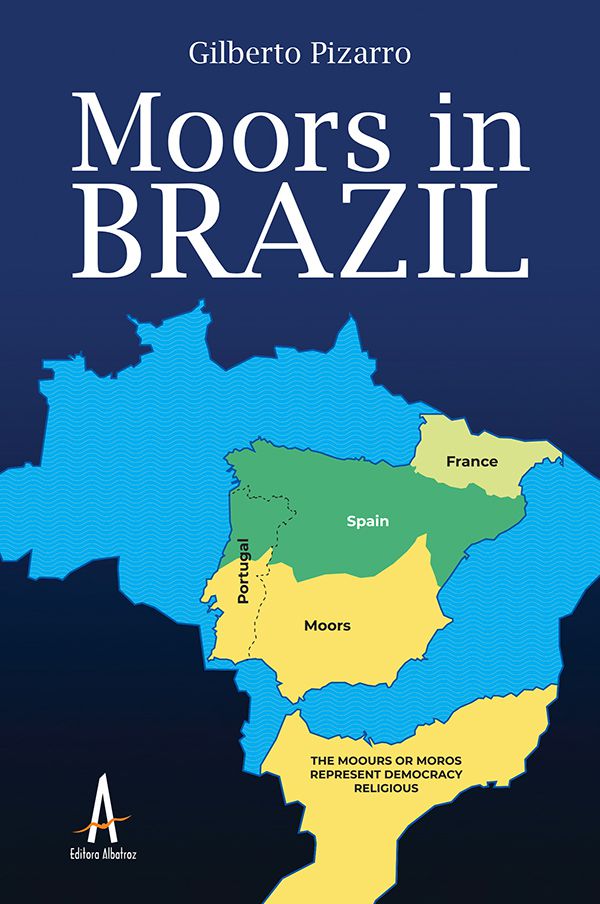Moors in Brazil
-
R$ 42,90

-
R$ 42,90

The Moors or Moro were descended from or worshiped in the tradition of a European ethnic group, concentrated in the Iberian Peninsula. The early Visigoths received the Romans, the North Africans, and the primitive religions mixed with Christianity, Judaism, and especially the Muslim Arabs who preached in Africa. They were the “Morenos” in the Latin expression. Arab culture and religions came together within a few centuries of harmony. The Catholic kings demanded theirs as the only religion, and anyone who did not convert was expelled. The Moors who remained were part of the great fifteenth-century navigators. They were decent people with swarthy features, hard workers in the construction of the Americas. This novel is fiction based on this reality.
* * *
This story begins with the observation in the state interior of the presence of Portuguese, Spanish and Italian brunettes, and the increase of melanin in their skin under the scorching sun of Sao Paulo. Many, after acquiring enough wealth, moved on to Paraná, Mato Grosso, and Minas Gerais. They always returned to visit friends and relatives. They would talk about their adventures, which reproduced the welcoming Moorish culture. The north of Parana also received those from the South and from Paraguay. This is how this fiction begins, trying to portray how families were built in harmony with faith, facing the day of twilights colored in happy or sad colors. They are part of the construction of today’s Brazil.
Produtos relacionados
Categorias
Conteúdo
Sobre a loja
Somos profissionais coordenando uma equipe com larga experiência no ramo de editoras. Do nosso desejo, nasceu uma editora que além de participar do processo de produção editorial, tem, também, papel fundamental na concretização do sonho do autor em forma de obra literária. Mais que viabilizar a produção de um livro, trabalhamos com aquilo que identificamos e amamos, requisito fundamental! E todos os dias, aprendemos com todas as nuances e facetas que o ramo de editoras oferece.









